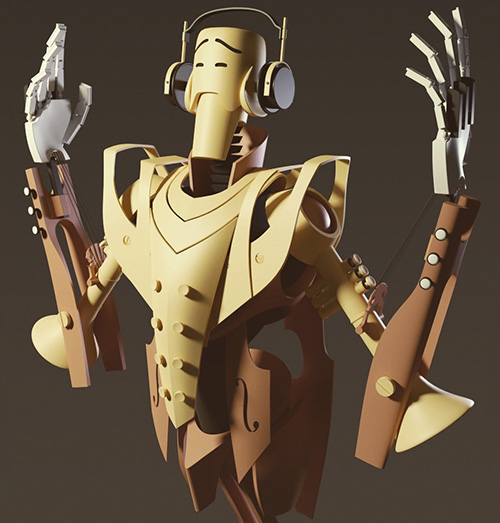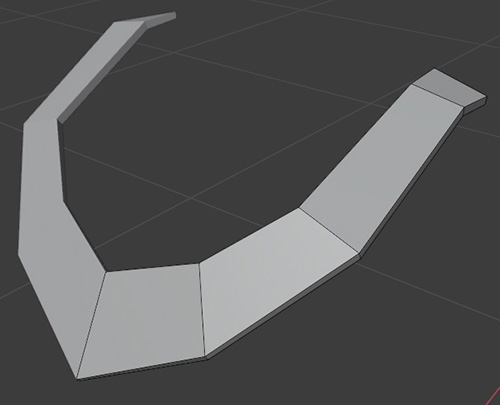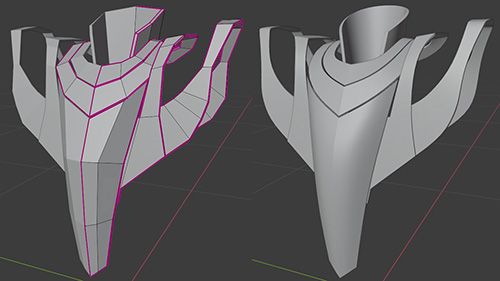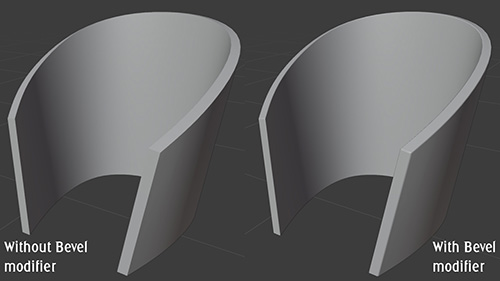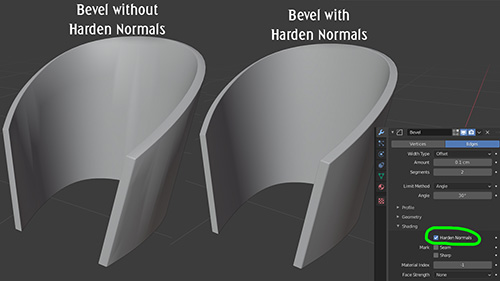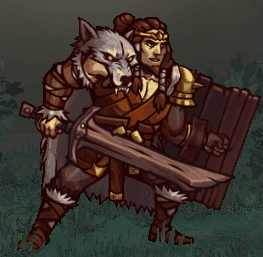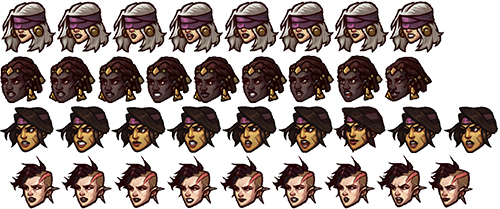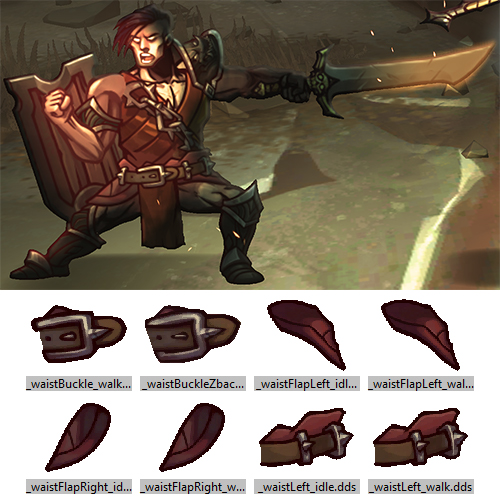As you might have heard, at Galaxy Grove we've recently signed a publishing deal for our next game. Hurray! In today's tough game financing market, that's quite an achievement and really something big to celebrate.
At the same time, a lot of studios are really struggling getting financing. So I've received a bunch of questions from people who asked for tips. Heck, even an absolute industry legend, who made some of my favourite games of all time, asked for tips for getting funding because he so far wasn't able to raise the money to get his new studio off the ground. I was of course incredibly honoured by this and definitely went all fangirl on him during our call. (In between the fangirling I did attempt to share some useful experiences.)

So, since apparently people are curious how I managed to get a deal, I figured I'd share a slightly expanded version of the tips I've been giving people. I have a lot of experience with this topic, doing this kind of stuff for 17 years now, so I hope sharing some of my experiences is useful!
Expectations
- Spend a crazy amount of time on pitching. Getting a deal is a nearly full-time job for one person in the team for the next six months.
- Expect things to go slowly. My most recent deals took respectively 4 months and 5 months from first pitch to signing, and that's fast. Assume it will take longer!
- If it's taking more than 8 months to get a deal, you are either not pitching hard enough, or your pitch is not good enough. If it's the latter, rethink your pitch and game. Maybe the prototype isn't good enough yet? Maybe the budget is wrong? Maybe the game just isn't a good idea in the first place in today's market?
- If you are part of a team, the rest of the team should keep working on the game while you are pitching. This way if the pitch isn't taking off, you have a better prototype a few months later. Or they can make a different prototype as a back-up plan. In my case, the first prototype I pitched with got signed, but we did make a much more advanced prototype in the meanwhile. If I hadn't been able to get a deal signed, I would have used that for re-pitching everyone.
- Expect publishers to be quite vague in their communications and don't draw conclusions quickly. Like not replying for two months and then suddenly claiming to be super enthusiastic. Or being super enthusiastic and then suddenly not replying anymore. When I got our new game signed, I sent the publishers I thought I had an active conversation with an email that we had already signed with someone else. Quite a few of them replied that they had already denied the game but had forgotten to tell me. So don't assume much during the process!
- Keep pitching and chasing until a deal is signed. Publishers can bail out at any point in the process, so if you think one publisher is super enthusiastic, that's no reason to stop chasing the rest. Also, if you happen to be super lucky and get several offers then you can pick the best offer, or even play them against each other to get a better deal. I've heard rumours that this is a really nice position to be in, but getting several offers is extremely rare in my experience.
Getting meetings
- Pitch to everyone and everything, don't be picky. The chances of a match are low, so don't pitch to just the coolest folks out there. A less successful publisher who funds your game is still a win compared to not having the money to make your game. Also, publishers are constantly changing strategy, so it's very hard to know whether it's a match until you talk to them. I know publishers are currently being swamped with pitches so they might not like this bit of advice, but without good public information on what each publisher is looking for (genres, budget range, release windows) the best tactic is to just pitch to as many as you can.
- Use MeetToMatch as your primary thing for setting up meetings. They are not the official Gamescom thing, but they are the thing almost everyone uses. There is no alternative, you must use MeetToMatch. (Full disclosure: I personally know the MeetToMatch folks quite well, but I'd give this advice regardless.)
- Start requesting meetings on MeetToMatch 4 weeks before Gamescom (or whatever event you're attending). I know, I'm posting this 1.5 weeks before Gamescom so that's too late, but then at least get started as quickly as possible.
- Get as many meetings as you can at each event. At GDC I went absolutely crazy and had 40 meetings in 4 days. If you've got the stamina for it, get as many as you can! 40 meetings is a bit much compared to what others do, but definitely aim for 20+ meetings per event. Just request a meeting in every 30 minute meeting slot on MeetToMatch. Depending on the quality of your pitch, a lot of them will decline the meeting anyway, so just try to fill every slot initially.
- When requesting a meeting, immediately include good materials. Publishers get as much as 10 meeting requests per 30 minute meeting slot (crazy!) so your first message needs to have the info they need to decide whether they want to meet with you. I personally include a gameplay talk-through video (4 minutes of cut gameplay footage with my voice explaining and selling it) and the pitch deck.
- If you know someone at a publisher, use that for a direct email. If not, ask around or fill in the form on their website. Or just use MeetToMatch. Or all of them. Don't be shy, don't be lazy, be aggressive (but kind and respectful!). I personally did 71 pitches to get my current game signed and 50 for the previous one. About twothirds actually had a meeting, but there were also quite a bunch where I only filled in a form on their website and they responded based on that (or not).
- If you can make a call or meeting personal, do that. For example by saying you played one of their games and liked it, or congratulating them with a recent successful launch.
- Follow up afterwards, and chase with follow up emails a few weeks after the initial meeting. A good way to make chase emails less begging ("please reply I'm so desperate") and more fun ("look at this cool stuff!") is to give them the form of an update. "Hi, how are you doing? We've made some cool new concept art that I'd like to share! Oh by the way did you have time to dive into our pitch yet?"
The pitch
- Do real market research. What is the revenue potential of your game? I personally use SteamDB's sales estimates for that. SteamDB is often a factor two too high or too low, but if you check a bunch of games in your genre it gives a fine idea of potential revenue. I've seen a bunch of studios go bankrupt in the last year because they had a great game but the budget was too high to have a good chance of making the money back. No one will sign a game that isn't expected to make it's money back.
- There are plenty of talks online about what a good pitch deck looks like, and there are also some collections of successful pitches online for reference (for example this one). Do the research and make an excellent pitch.
- Practice your pitch and ask a lot of people for feedback. My pitches get feedback from at least a dozen people before I start pitching.
- Put your pitch deck on Google Slides and send a link so you can update it after already having sent it. Also, this allows putting videos and GIFs directly into the pitch deck.
- Ask publishers what they are looking for, including genre, budget range and release period. If you can, tailor your pitch to that. For example, it's great if you can have two versions of the pitch, one with the ideal version, and one with a significantly lower budget. I hardly did this because I struggled with the logistics of knowing what version to use, but if you can show the right one based on the publisher's budget range, that's ideal.
- Above all, make sure that your pitch materials and demo convince publisher scouts of these things:
- That the game is fun.
- That you can actually make the game.
- That the game has a good chance of making way more money than the dev budget (market research!).
- That there's some kind of X-factor in the game that will make it easy to market and sell. This X-factor can be anything: innovation, targeting an underserved niche, graphics, higher quality than the competition, etc.
If you have past experience in the games industry, be sure to brag about it in your pitch! In fact, if it's strong experience, it might be good to mention it in the first sentence of your emails! For example, I often lead with mentioning that we are the developers of Station to Station (90% positive reviews on Steam!).
Bookkeeping
- Take extensive notes of all communications with all publishers. If you pitch to a lot of people, you'll start forgetting details more and more. After pitching two games I now have a document with 76 (!) pages of notes on conversations I've had with publishers. This greatly helps me in personalising emails and in quickly knowing for each one how long it's been since I last talked to them.
- Whenever you see an indie game or hear of one, check who the publisher is. If it's someone you don't know yet, add them to your document.
- Whenever you see a game, check how well it's selling. This way you'll build a good intuition for what works. And to be even more ahead, check whether unannounced games are high in the Steam top wishlisted list on SteamDB. (If you're on other platforms, SteamDB doesn't work, but there are ways to get an idea of sales anyway. Don't ask me though, since Steam is my primary platform so that's what I know.)
So, I hope this was interesting! If you have further questions, feel free to ask them in the comments, or to contact me on LinkedIn. I'm always happy to help fellow devs! And of course, if you disagree or have additional tips you'd like to share, please do comment!
PS. I'm coming to Gamescom to talk about our future games and studio plans. If you are a publisher or investor (including angels) and are curious what we're up to, be sure to send me a message on LinkedIn or propose a meeting through MeetToMatch!
